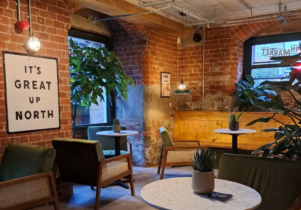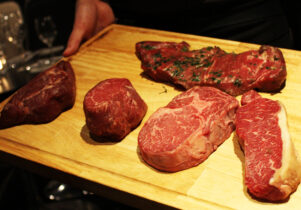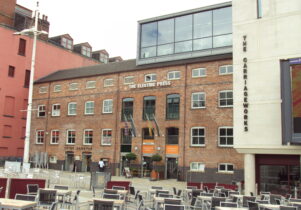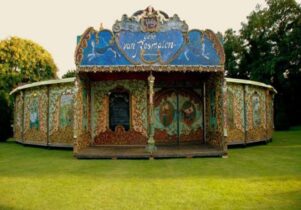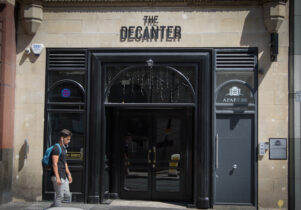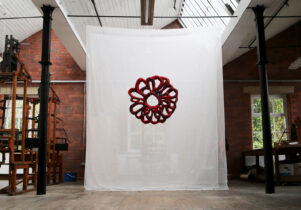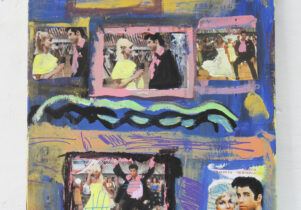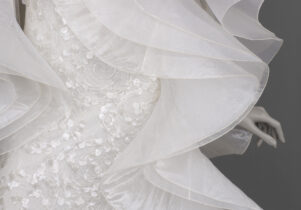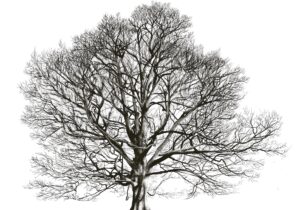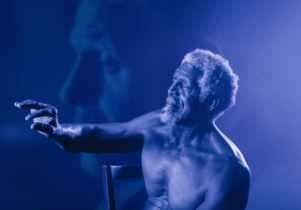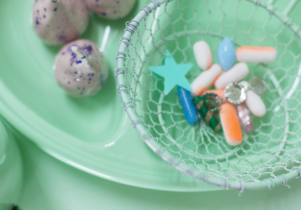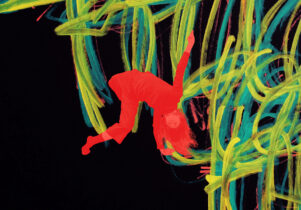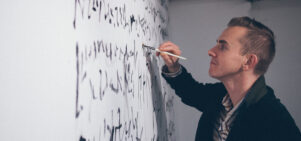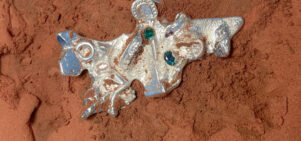Senga Nengudi at the Henry Moore Institute
Sara Jaspan, Exhibitions EditorVisit now
Senga Nengudi
Always double check opening hours with the venue before making a special visit.
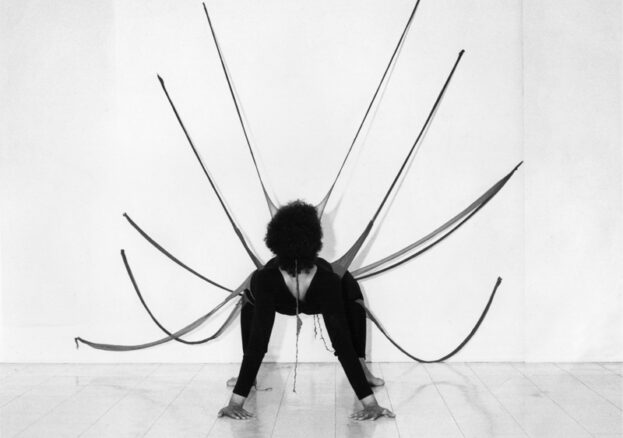
Though light in substance, tights are a garment weighted in symbolic meaning. Stretched thin across legs they carry a sexual charge; abandoned in a pile they become abject. Re-enforced with extra material to contain a bulge or lift a later-life sag, they signal yet another form of female sexual subjugation. Sarah Lucas’s iconic stuffed-nylon sculptures have mined these themes since the late 1990s. Yet the punkish YBA would still have been a young girl when the Chicago-born African-American artist Senga Nengudi first started exploring stockings’ versatile potency as a sculptural material – which endured a whole career.
Perhaps best known as a member of Studio Z (a loose collective of African-American artists active in Los Angeles in the 1970s), Nengudi is a leading figure of Postminimalism and has experimented across the fields of dance, performance, installation, sculpture and video for over 40 years. For her first solo presentation in the UK in 2015, she filled the walls and floor of the White Cube’s Bermondsey space with her nylon forms; sprawling offspring of her most famous body of work – the R.S.V.P. series – which she began in 1975 after becoming pregnant. Stretched, knotted, filled with sand and mounted on the wall or between opposing walls, Nengudi has referred to these sculptures as ‘abstracted reflections of used bodies’ – particularly the triumphs and traumas of female bodies of colour.
Today, Nengudi’s work returns to the UK once again for a major exhibition at the Henry Moore Institute in Leeds. The show brings together significant pieces from 1969 to the present, including recreations not seen since the 1970s and a new installation rooted in the artist’s long-standing interest in the commonalities of different belief systems and pilgrimage. Collectively, the presentation asserts Nengudi’s vital position within a generation of artists who redefined the possibilities of sculpture and representations of race and gender while drawing upon a tradition of abstraction.
On show throughout autumn/winter until February 2019, we recommend you embrace the denier and pull on your woolliest pair when visiting this important exhibition, in an act of salute to the bold and pioneering female visionary.


